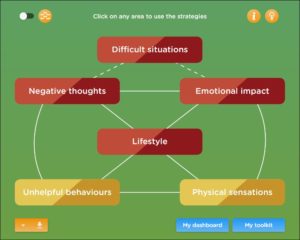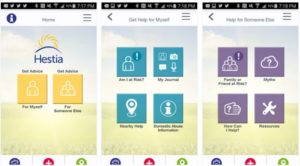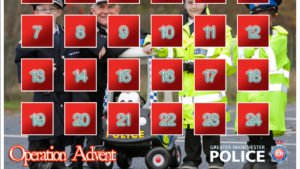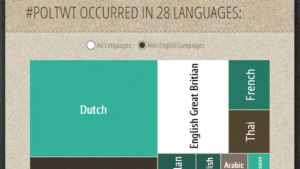This is the sixth in a series of posts based on the recent COMPOSITE report on police use of social media across Europe.
The police are the public and the public are the police
Robert Peel’s most quoted fundamental principle is proving even more relevant in the age of social media.
Community policing – embodied in Safer Neighbourhood Teams, the most popular and effective change to policing in modern times (in my opinion) – is characterised by a close collaboration between the police, the public and other organisations all focused on making local areas safer.
The cornerstone of community policing is about locally based officers developing personal, close connections to local groups of citizens.
Twitter has proved a great tool for neighbourhood officers to develop these connections with a much broader group of local people.
This is particularly so in the UK, where the devolved approach to police use of social media in the UK with most forces encouraging frontline officer use of social media, particularly Twitter, within the parameters of short and commonsense policy guidelines, has proved so successful.
There are over 1,000 UK police officers on Twitter.
@SgtGaryWatts has over 18,000 followers and tweets to show the human side of policing.
Response Sergeant Jane Batcheler, @SgtBatcheler has found that her use of Twitter has made her and the police generally much more approachable for many local people.
High visibility
Community Police Officer Ed Rogerson (featured in last week’s post) told the COMPOSITE researchers that he sees social media as a brightly coloured jacket, increasing the visibility of the individual officer and making the public aware that police are present locally, tackling crime and anti-social behaviour.
What seems clear, both in the UK and in countries like Holland, is that this is mainly a bottom-up approach driven by committed officers with an enthusiasm for social media.
Marga van Rijssel, runs the Dutch website www.politie20.nl, which specifically deals with police intelligence and complex IT issues, told the researchers that some Dutch police officers hold community meetings to discuss and agree the best way for police to use social media.
Policing online communities
The COMPOSITE report is particularly interesting about new initiatives by the Finnish and Dutch police to maintain a presence in the online world to deter and detect crime.
An example is the work of Boudewijn Mayeur, a police officer in Holland, who has opened a virtual office in the the children’s virtual world which is the Habbo Hotel where children use avatars to walk around and talk to each other.
Officer Mayeur has a special virtual character that identifies him as a police officer and operates a virtual office with opening hours at certain times every week at which online users can talk to him.
His service is popular and the children talk to him about issues within and beyond the virtual world.
Taking it to the next level
Many UK police forces have recognised the power of social media to enhance their community policing.
Greater Manchester Police have just released a new app which uses geo-location technology to allow Mancunians to become crimefighters and to get closer to their local neighbourhood policing teams.
The Apple version of the app was released last month with an Android version promised for Spring.
Respected police tweeter and blogger @TheCustodySgt had kindly reviewed the app in a separate post that is also published today.
It seems that social media has helped Safer Neighbourhood Teams take community policing to the next level.
Next Week: Police use social media to show the human side of policing.







